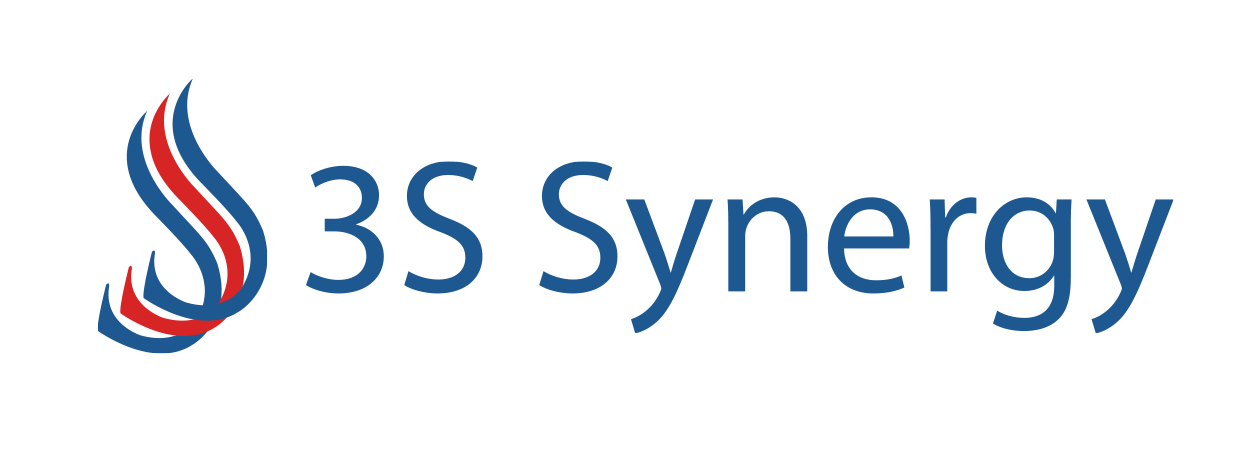Empowering Communities Through Micro Lending

Empowering Communities Through Micro Lending
In today’s globalized world, access to capital is crucial for individuals and small businesses to thrive. However, traditional lending institutions often overlook those who lack collateral or a credit history, leaving them trapped in a cycle of poverty. Micro lending, also known as microfinance, has emerged as a powerful tool for economic empowerment, providing small loans and financial services to the underserved. This article delves into the transformative potential of micro lending and its impact on fostering financial inclusion.
- Bridging the Gap:
Micro lending bridges the gap between the financially excluded and the formal banking sector. By providing small loans, often without stringent requirements, microfinance institutions empower individuals who would otherwise have limited access to financial resources. This bridge not only enables entrepreneurship but also contributes to poverty alleviation, as borrowers can invest in income-generating activities and improve their standard of living.
- Fostering Entrepreneurship:
One of the key benefits of micro lending is its ability to foster entrepreneurship. Many aspiring entrepreneurs lack the necessary capital to kickstart their business ideas. Micro loans fill this void, giving them the financial boost they need to launch or expand their ventures. As a result, microfinance has become a catalyst for economic growth, enabling individuals to create sustainable livelihoods and generate employment opportunities within their communities.
- Empowering Women:
Micro lending has a particular impact on empowering women, who often face more significant barriers to accessing traditional financial services. Microfinance institutions actively promote gender equality by prioritizing women borrowers. By providing them with loans, training, and support, micro lending enables women to establish small businesses, become financially independent, and challenge societal norms. This empowerment has a cascading effect, uplifting entire communities and fostering gender equality at large.
- Social Impact and Financial Sustainability:
Micro lending is not just about providing loans; it encompasses a holistic approach to financial inclusion. Microfinance institutions offer financial literacy programs, business training, and other support services to empower borrowers and ensure responsible borrowing practices. By equipping individuals with financial skills and knowledge, micro lending creates a positive social impact and enhances the long-term financial sustainability of borrowers.
- Overcoming Challenges:
While micro lending has proven to be a powerful tool, it is not without challenges. This section explores some of the common hurdles faced by microfinance institutions, such as high operating costs, limited access to capital, and the need for regulatory frameworks that balance consumer protection with financial inclusion. Understanding these challenges is vital for the continued growth and effectiveness of micro lending initiatives.
Conclusion:
Micro lending has emerged as a game-changer in the world of finance, bringing financial services to the doorstep of the underserved. By providing small loans, fostering entrepreneurship, empowering women, and promoting financial literacy, microfinance institutions are unlocking the potential of individuals and communities worldwide. As we move towards a more inclusive and equitable future, micro lending stands as a beacon of hope, paving the way for economic empowerment and sustainable development.




